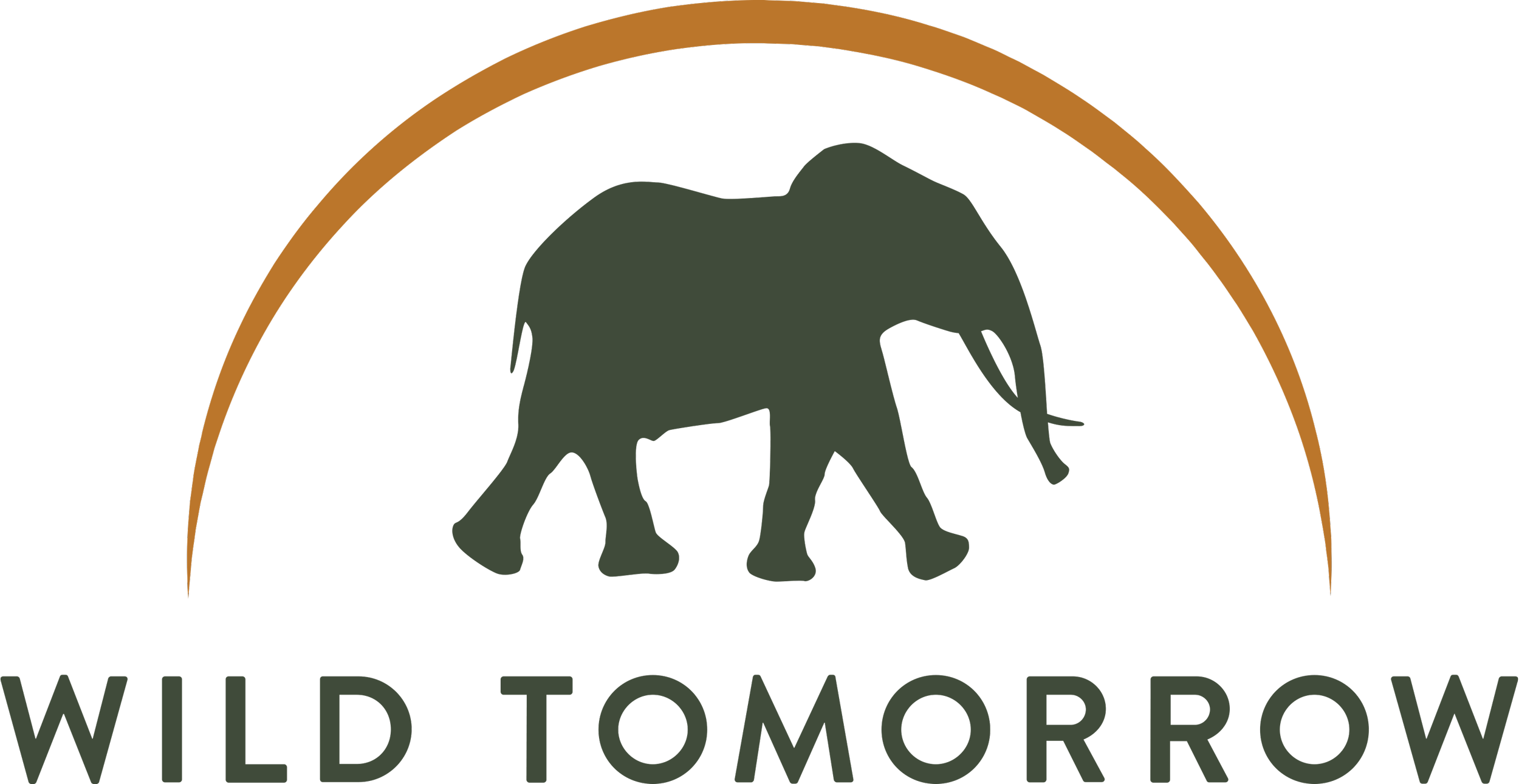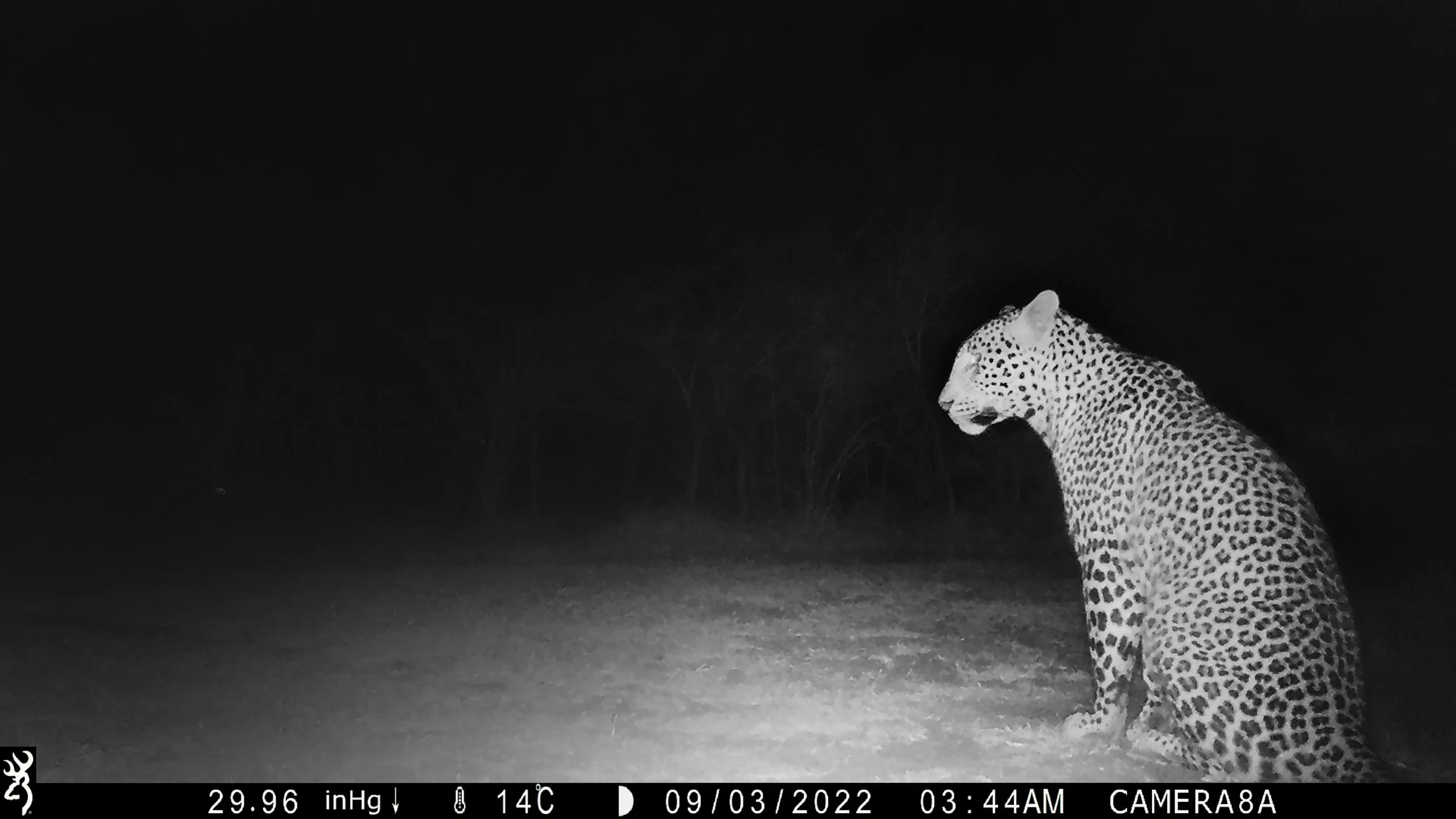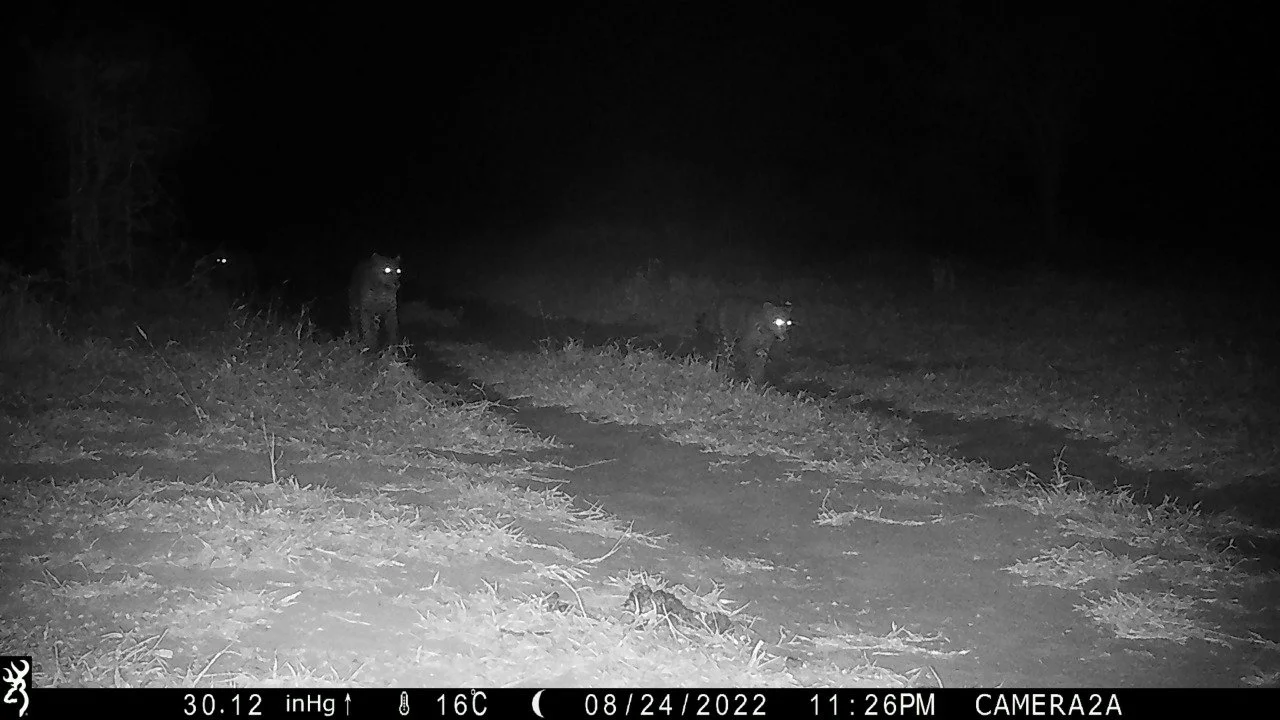LEOPARD SURVEY LAUNCHED AT UKUWELA
The leopard is the icon of the Greater Ukuwela Nature Reserve and Wild Tomorrow Fund South Africa is excited to launch a first leopard survey this year which will become an ongoing annual project at the Reserve. The aim of the research project is to understand the density of leopards at Ukuwela and to identify unique individuals in order to monitor population trends. This data will be shared with other regional and global wildlife organizations working to protect leopards in South Africa. Read more about the big cats of Ukuwela below.
Leopards are the iconic wild cats of Wild Tomorrow Fund’s Greater Ukuwela Nature Reserve in KwaZulu-Natal South Africa. With lions and cheetah not yet easily able to cross the corridor while fences block their path, leopards are the only big cat to currently call Ukuwela home. At a time when the future of leopards is threatened and where they are persecuted around the world, it is important that Ukuwela can provide additional protected habitat as safe passage for these magnificent animals of our region.
Leopards in South Africa have been classified as “Vulnerable to extinction” since 2016. Recent studies paint a bleak picture of an extensive leopard range reduction in the region of approximately 60%-70% with only 17% of their existing range protected. Sadly, leopards are now extinct in 67% of South Africa. It’s important that their range and population is better understood to help support their protection.
As a secretive and largely nocturnal species, it can be hard to spot and study leopards unless they have become habituated to people and cars, as is the case in heavily-visited wildlife reserves such as Kruger National Park. However, in less busy places, leopards stay hidden. As such, the most efficient, effective, and ethical way of monitoring the population is thru the use of camera traps.
Leading the study, Wild Tomorrow Fund’s General Manager Greg Canning placed paired camera traps at 10 sites on the Ukuwela section of the reserve for a period of six weeks, and thereafter on the Mfuleni section of the reserve for the same period of time. Paired cameras are used to allow for the identification of individuals as they enable shots to be taken from both sides of the animal. With images of both the left and right side of each leopard, individuals can then be identified based on the unique patterns on their fur (pelage).
As you can imagine, visually playing ‘spot the difference’ between photos of leopards at night time can be challenging. That’s where technology gives Greg a visual boost! Individual leopards are first identified with the help of artificial intelligence software that recognizes the individual patterns on the leopard’s coats. These identified leopards are then manually verified as well. Neighboring wildlife reserves that use the same software for their leopard surveys are then able to understand if leopards they spotted are traversing Ukuwela as well. This collaboration will provide data on the movement patterns of individual leopards across the wider region - important for a species that is not constrained by fences and moves in and out of protected areas.
To ensure a high probability of capturing all individuals, the cameras are set approximately 1 km apart, in areas they are known to frequent and along high-use roads. The layout of the camera trap stations is in a grid pattern to allow for the determination of densities. Cameras are mounted either on trees or on steel poles that are hit into the ground close to the predicted path of the leopards.
Watch Wild Tomorrow Fund’s Greg Canning at work deploying camera traps for our first leopard survey at Ukuwela.
Greg explains that, “Leopards are the apex predator on the Greater Ukuwela Nature Reserve and it is therefore important to determine their density and population trends to inform policy on the management of wildlife on the reserve. The monitoring of the population is key to understanding their status, and the importance of the Reserve as not only a safe haven, but also as a potential source population for future reintroductions of these iconic predators.”
A capture-recapture analysis allows the density of the population to be determined based on habitat type, and the identification of individuals will also allow for the demographics of the population to be assessed. Initial analysis shows at least 5 individual leopards roaming Ukuwela: three adult leopards and two cubs! The analysis is not yet complete and we look forward to sharing detailed results of the survey.
The bright eyes of two leopard cubs at Ukuwela, captured during the survey.
An additional benefit of the survey is capturing images of other special species at Ukuwela. It’s exciting to see them living their wild lives at Ukuwela!
Click on the thumbnails below the gallery image to scroll through and see other best-shots of species captured in the leopard survey. They are just some of the 52 mammals, 413 birds, 44 reptiles so far identified at Ukuwela.
Thank you to our amazing partner, the fStop Foundation, for their generous donation this year of twenty Browning Trail Cameras which enabled the leopard survey and powers all of Wild Tomorrow Fund’s wildlife monitoring programs.

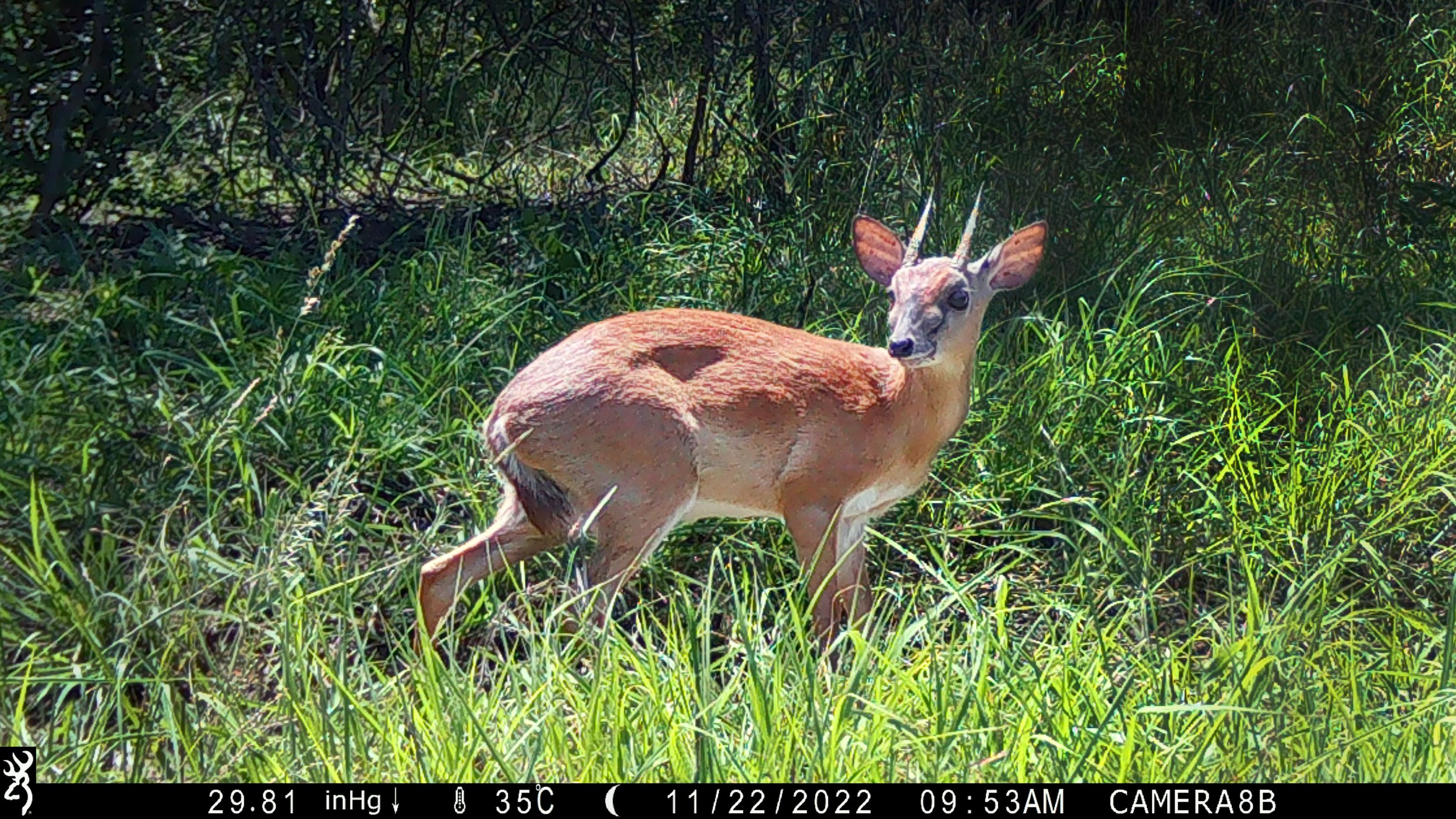
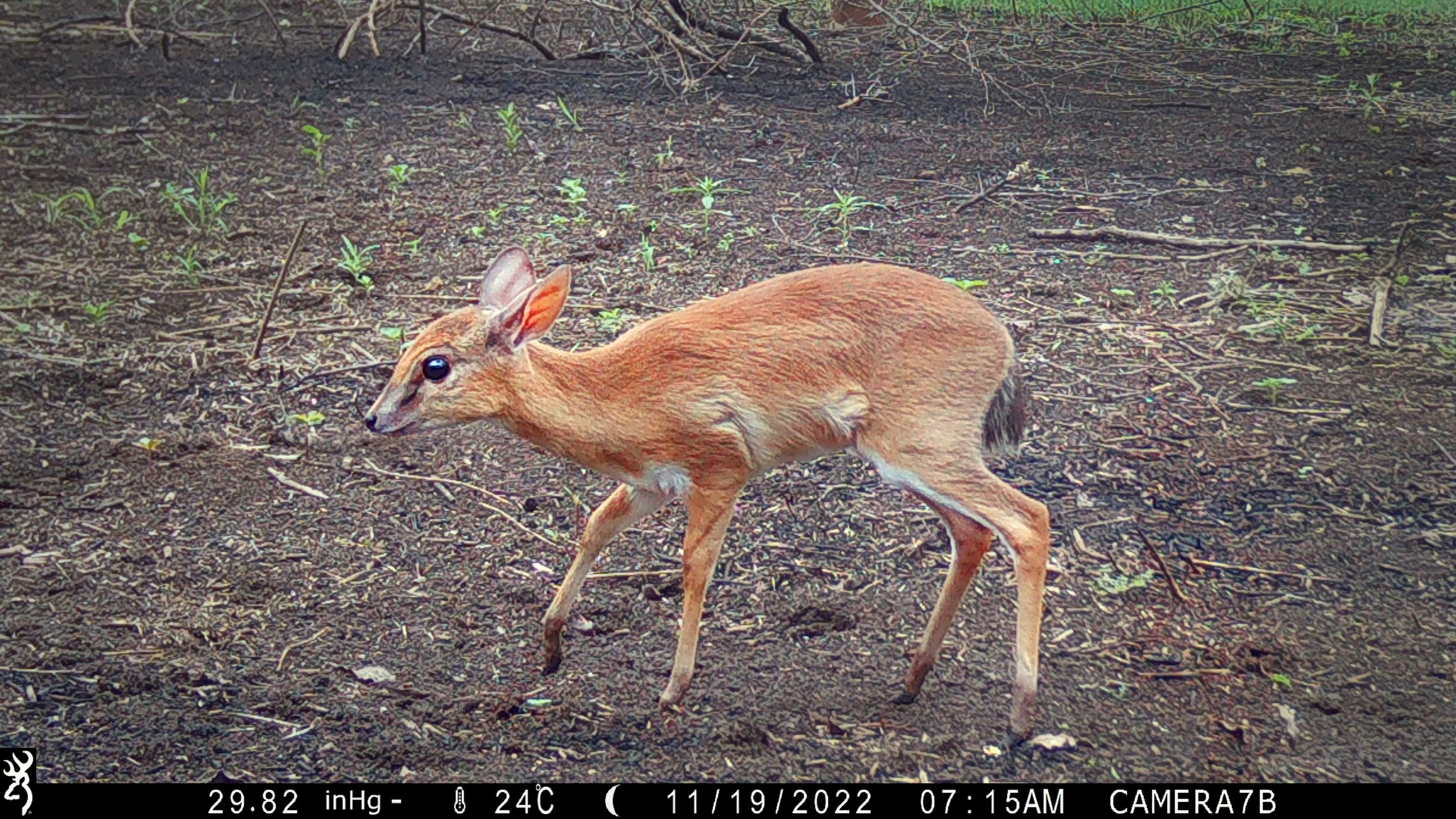
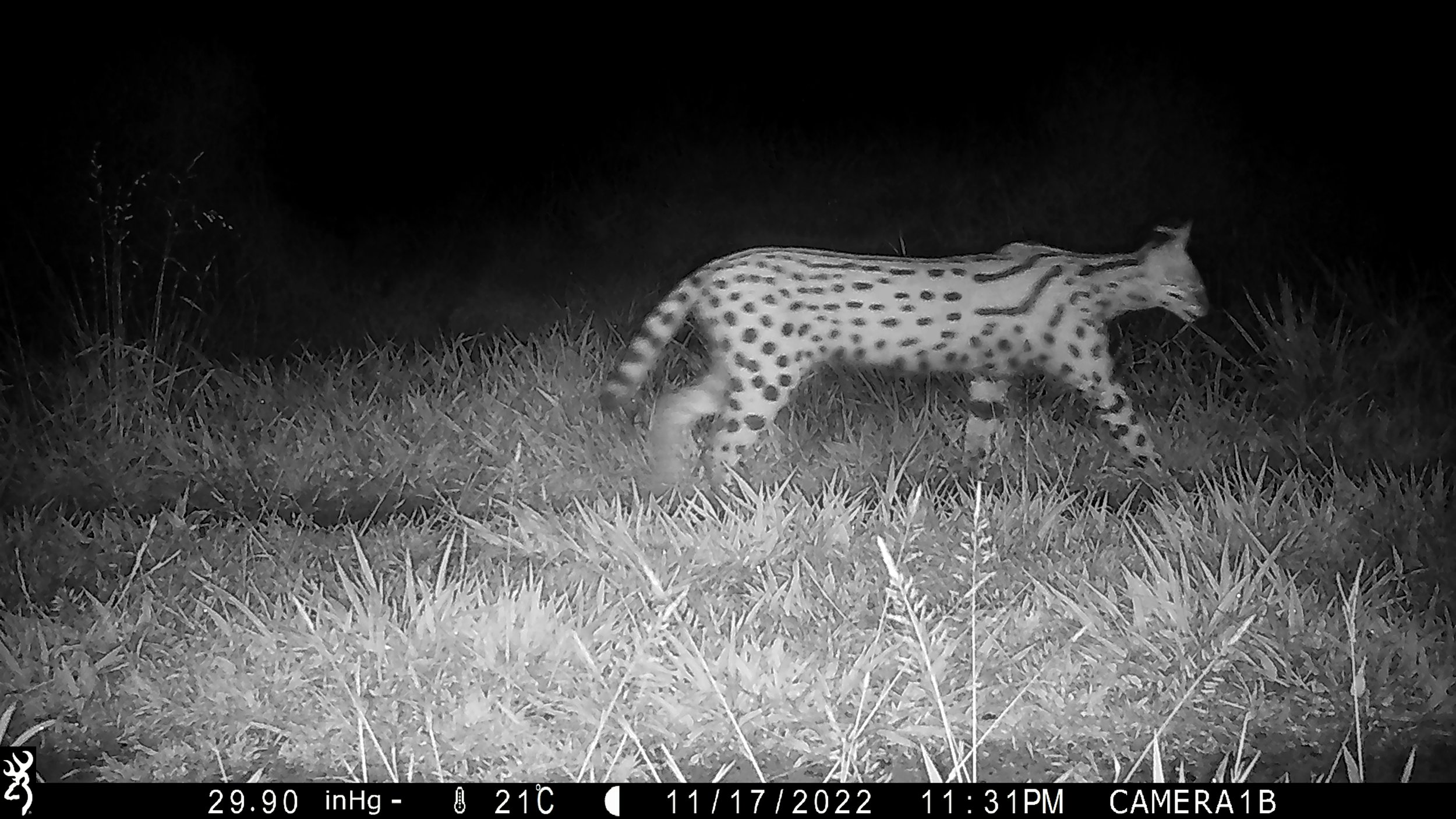
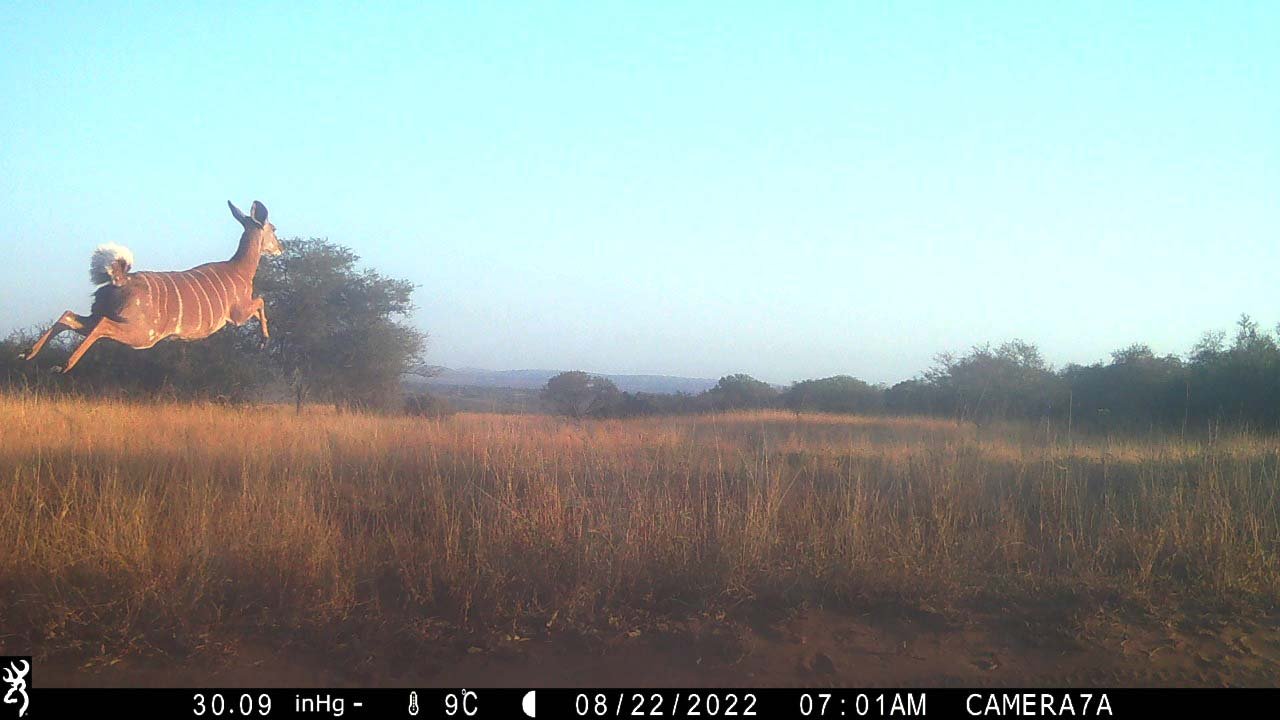
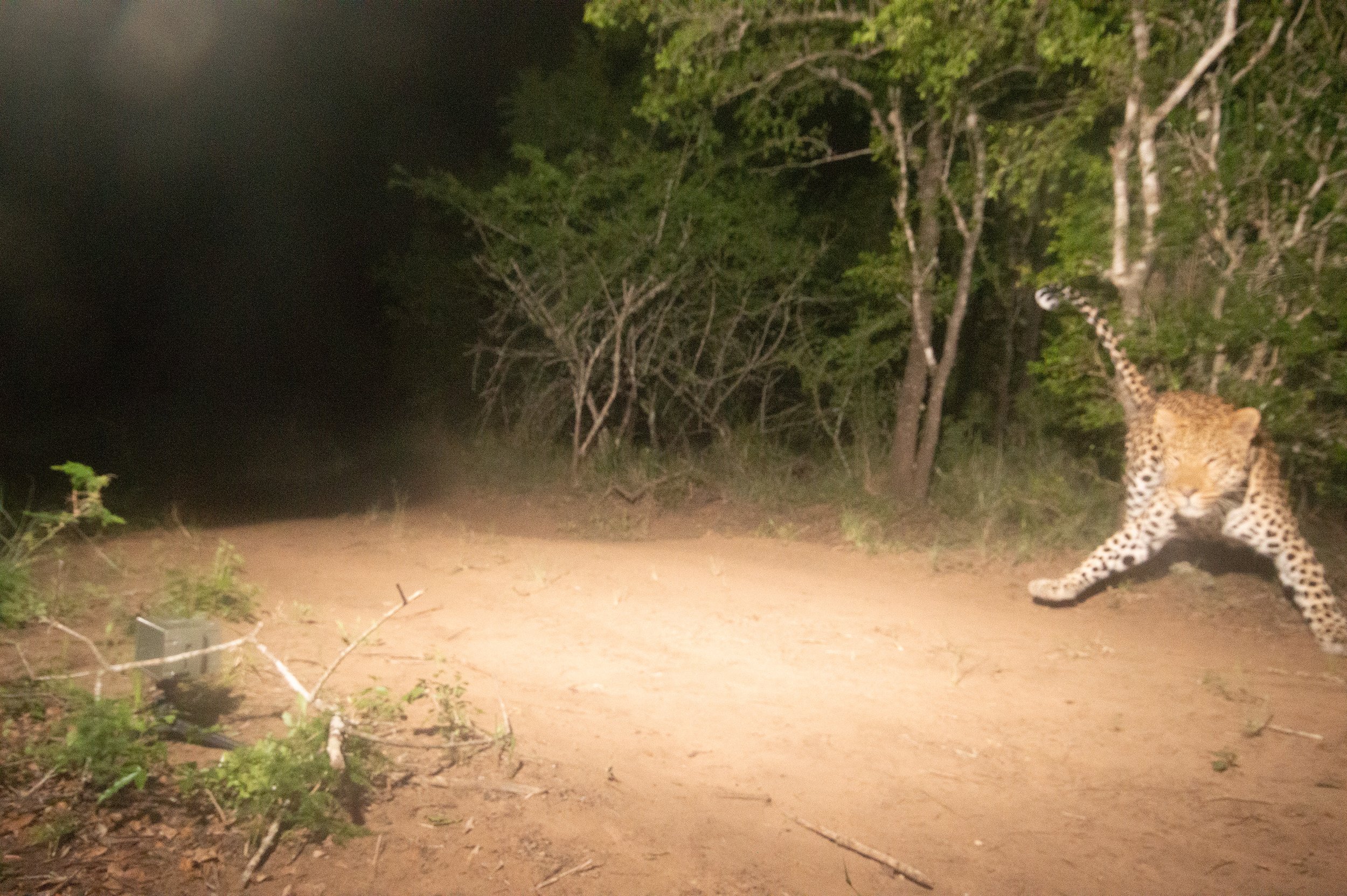
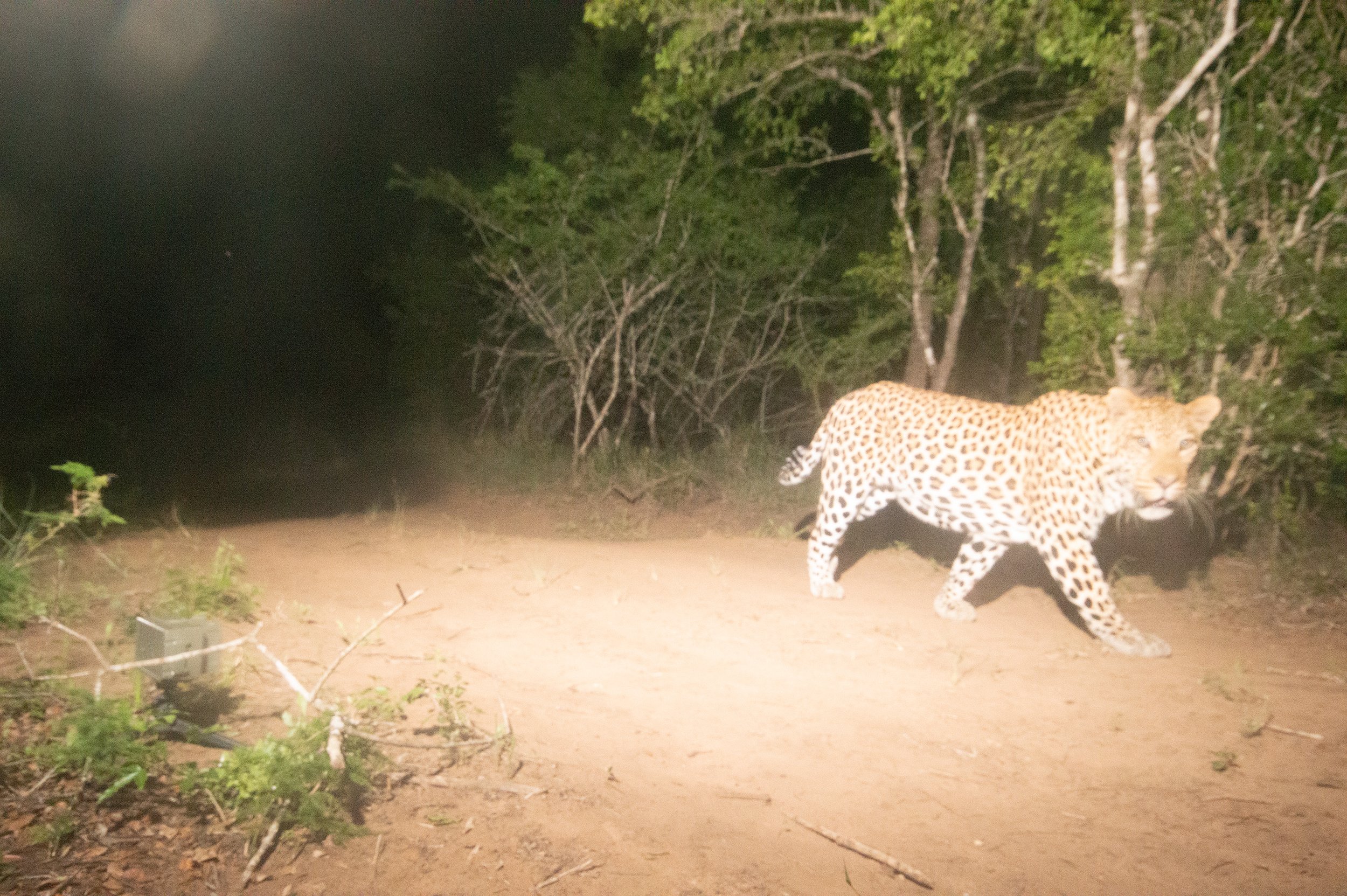
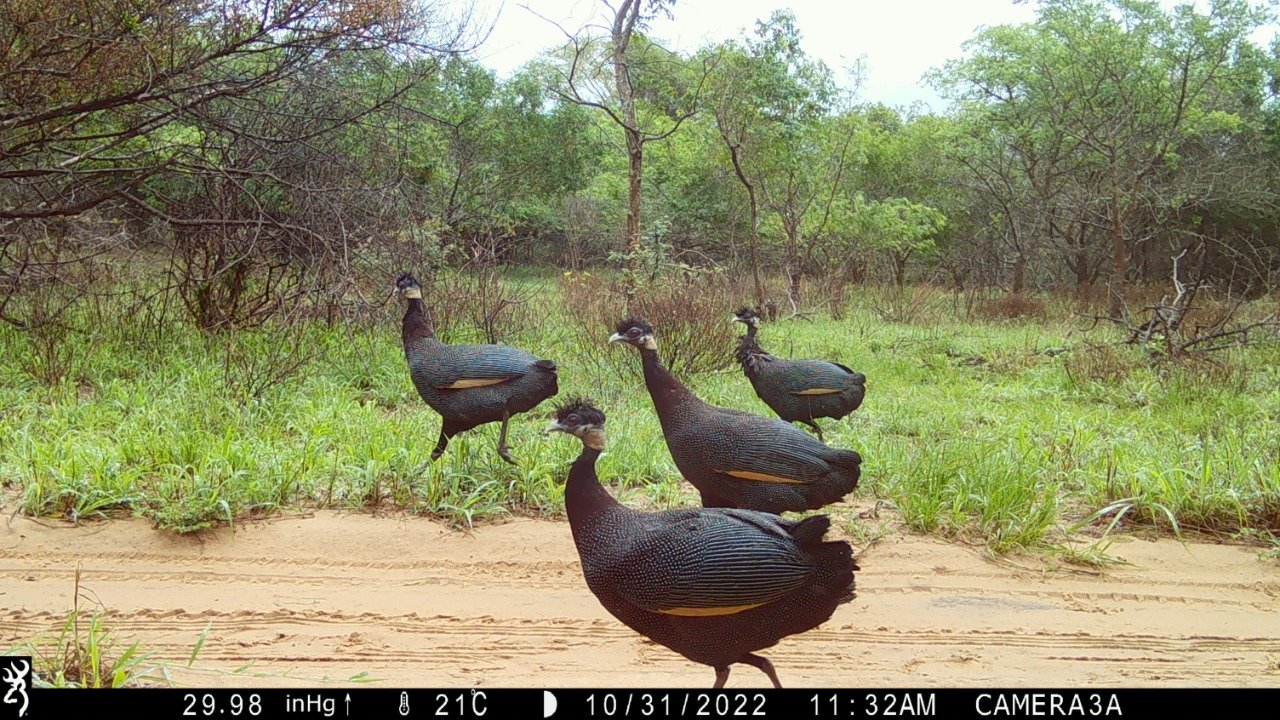

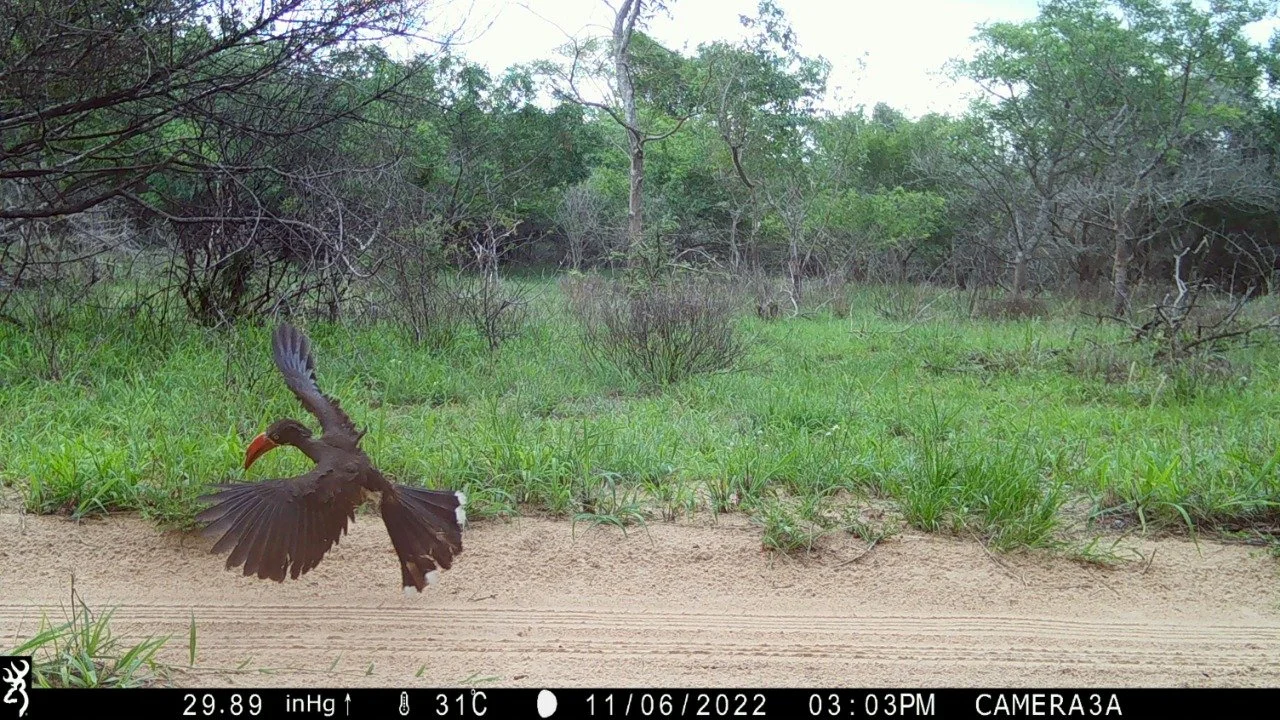
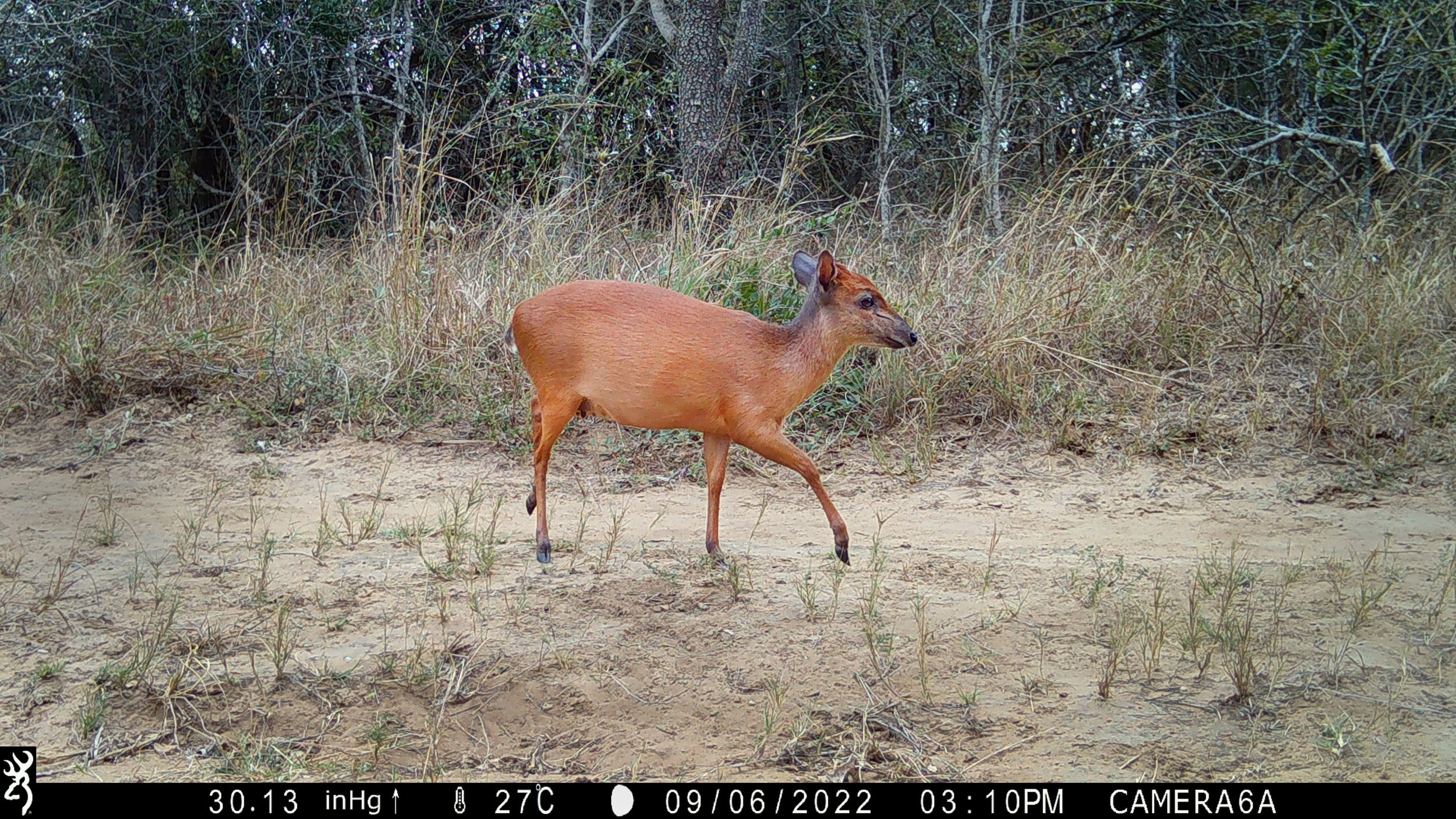
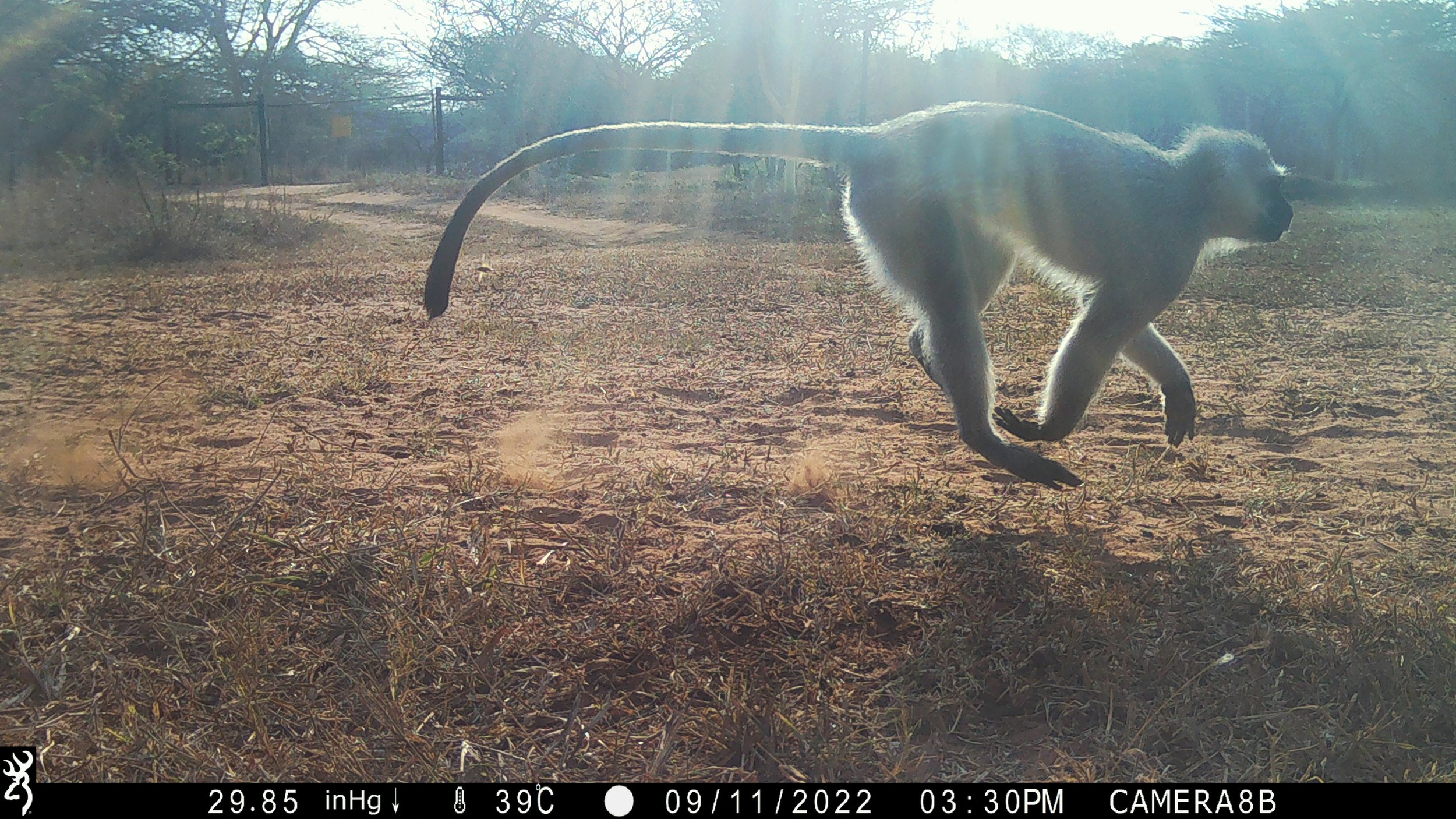
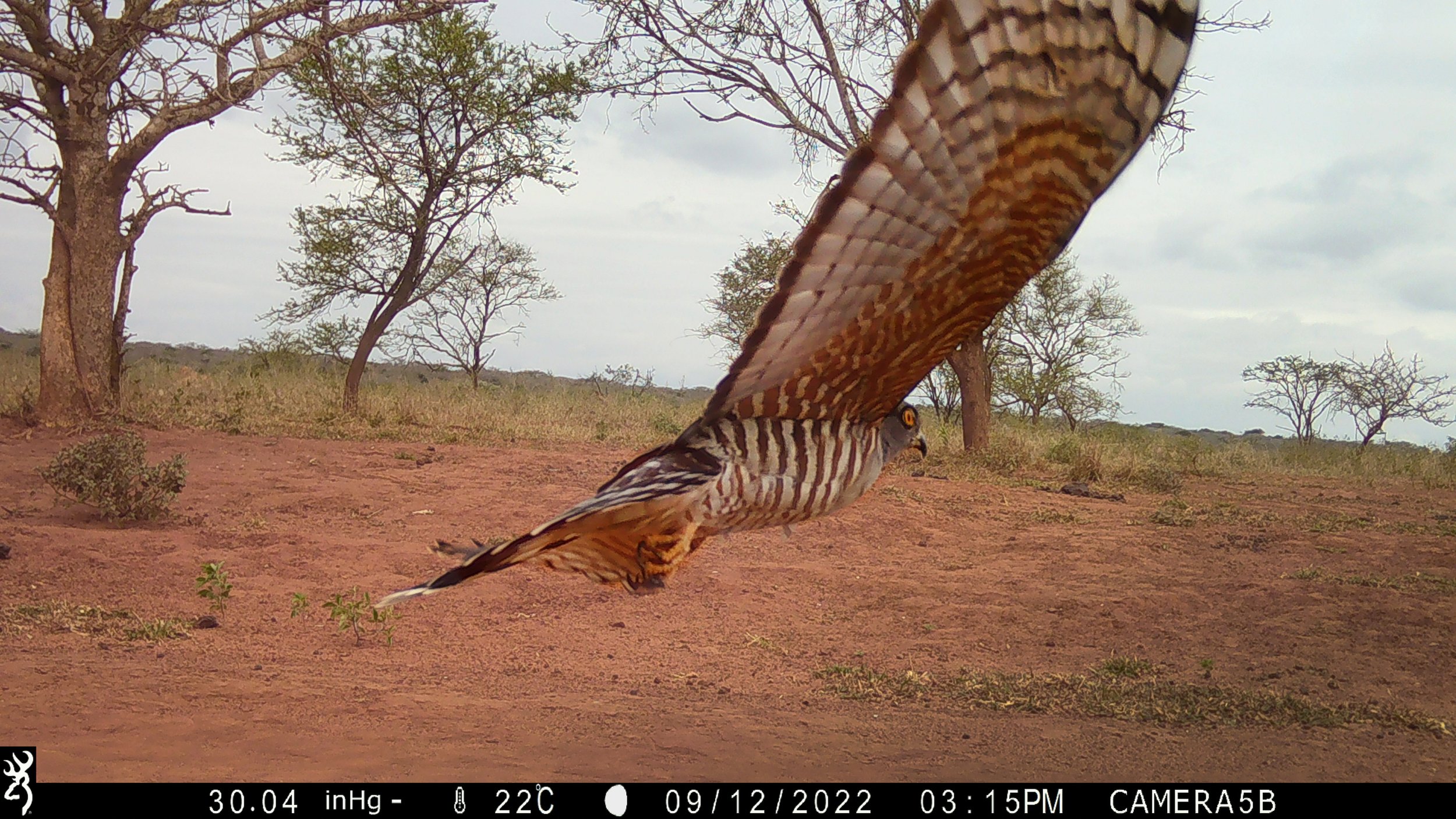
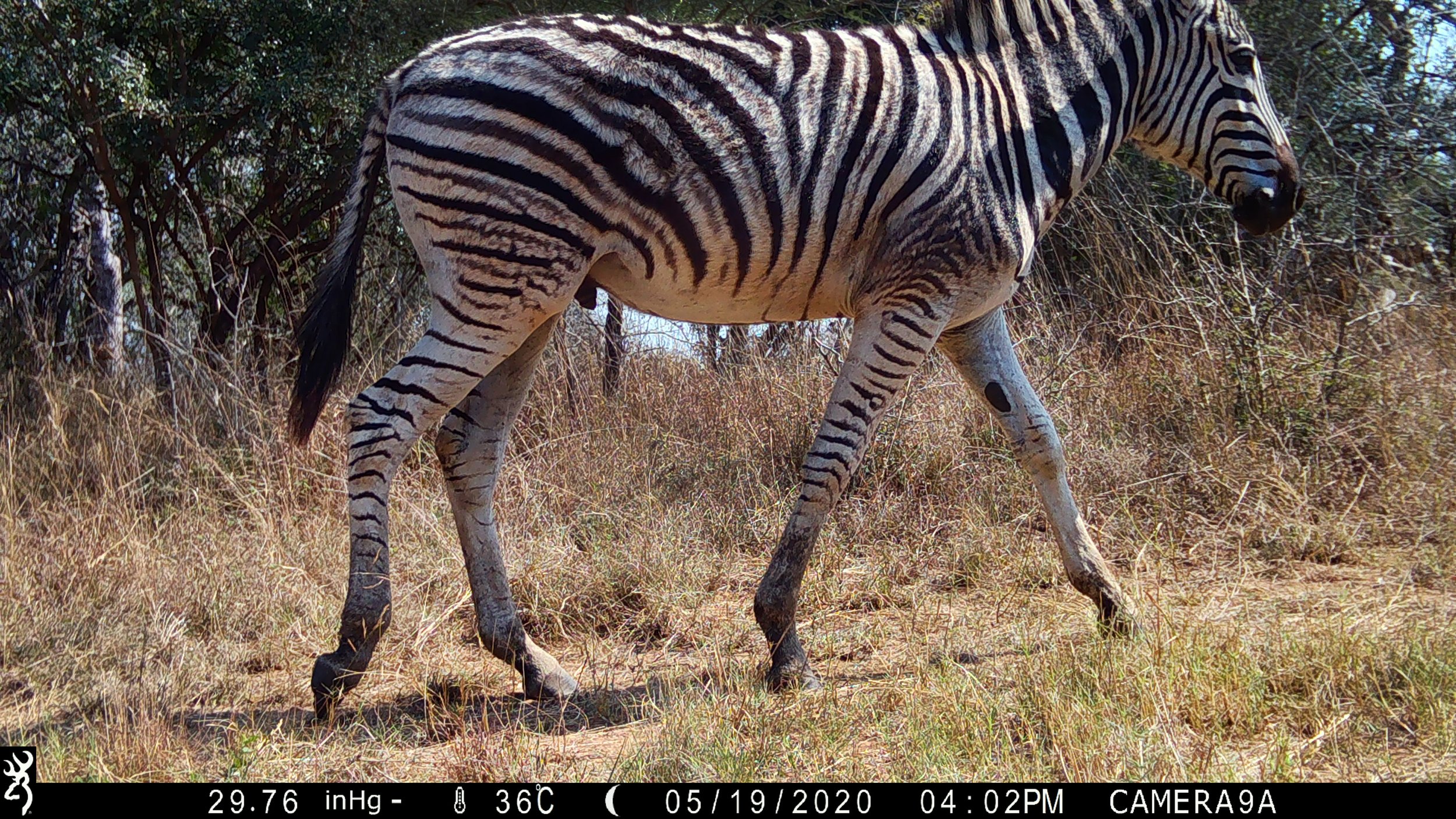

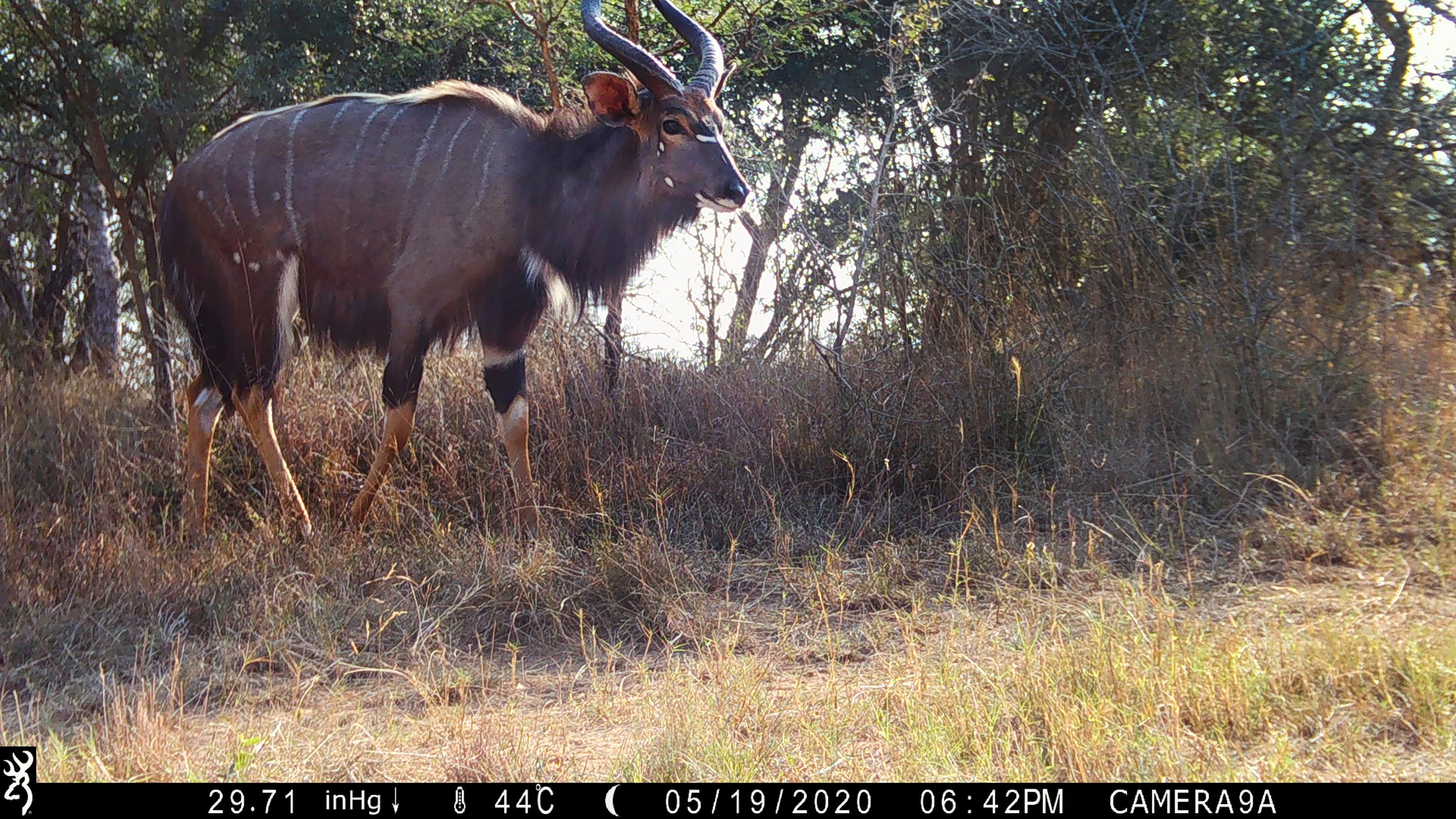
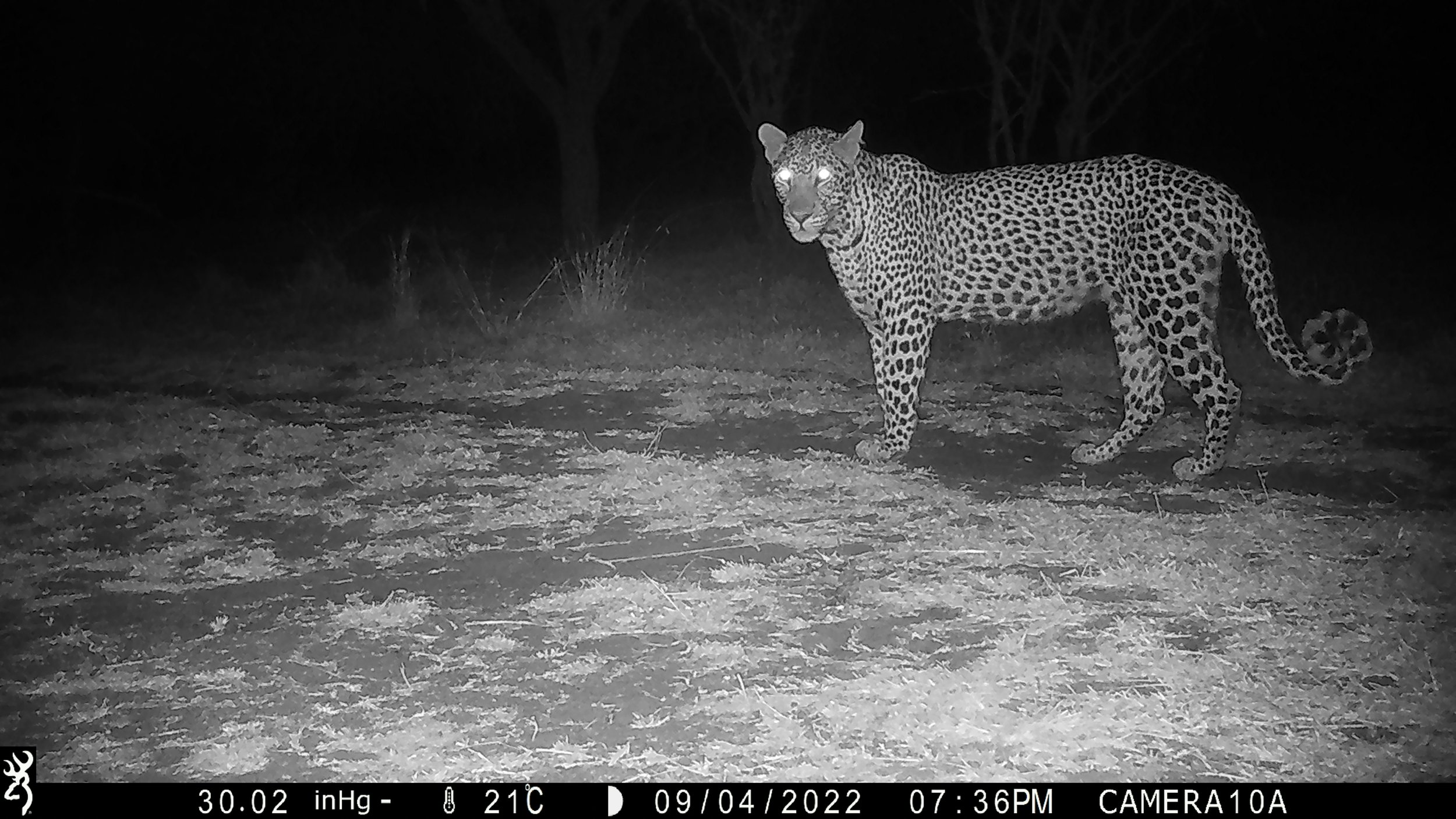
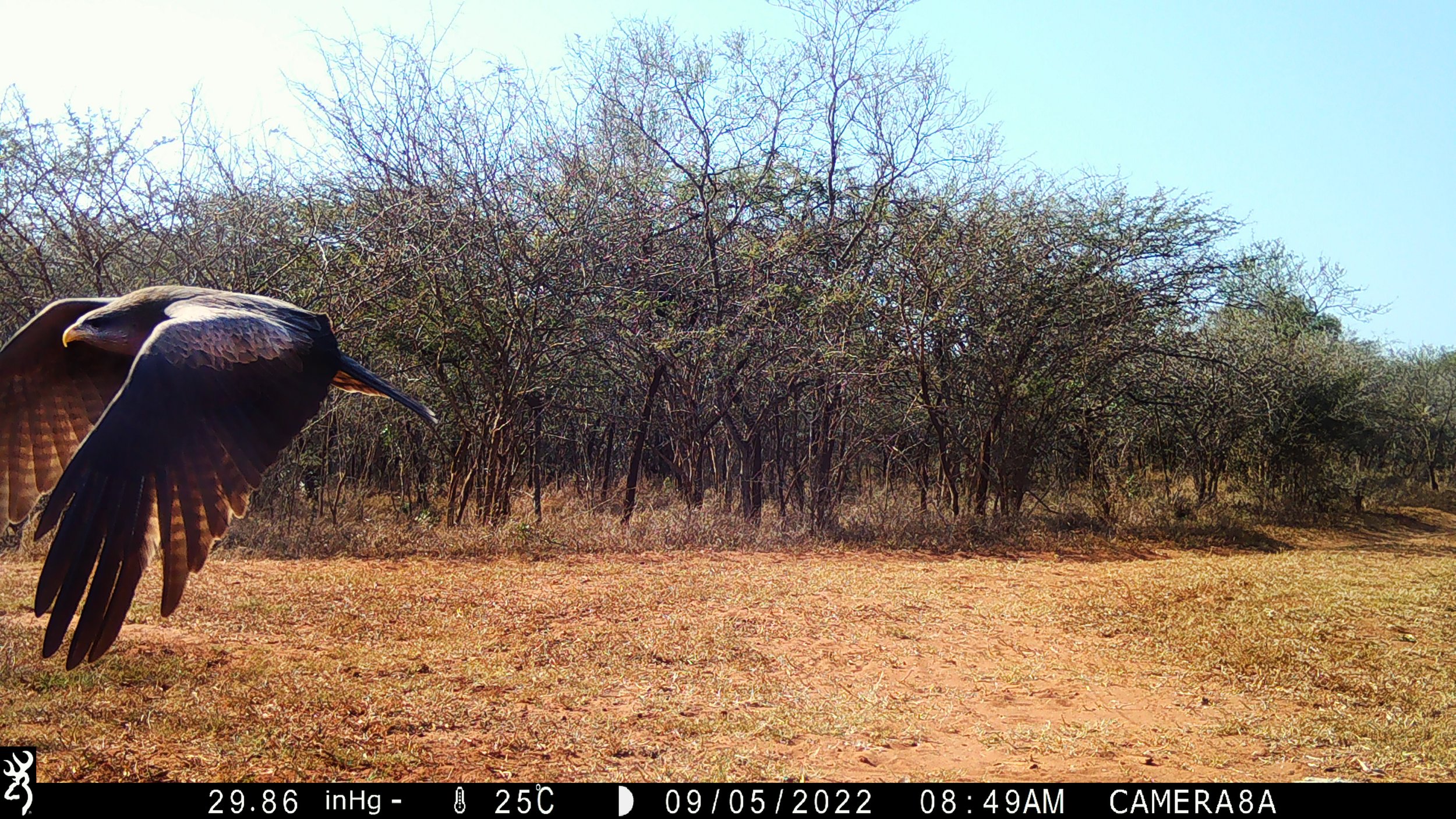
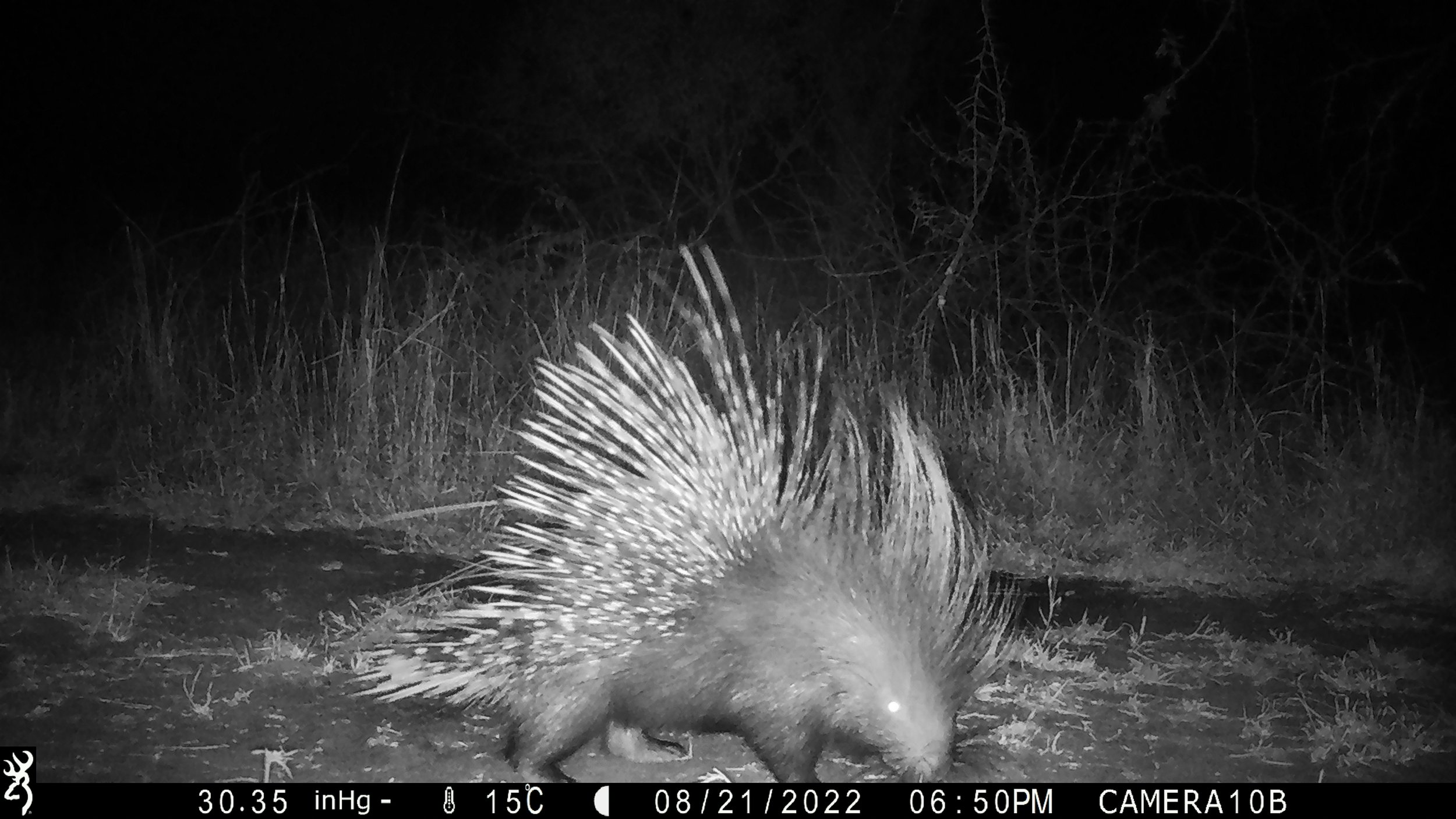
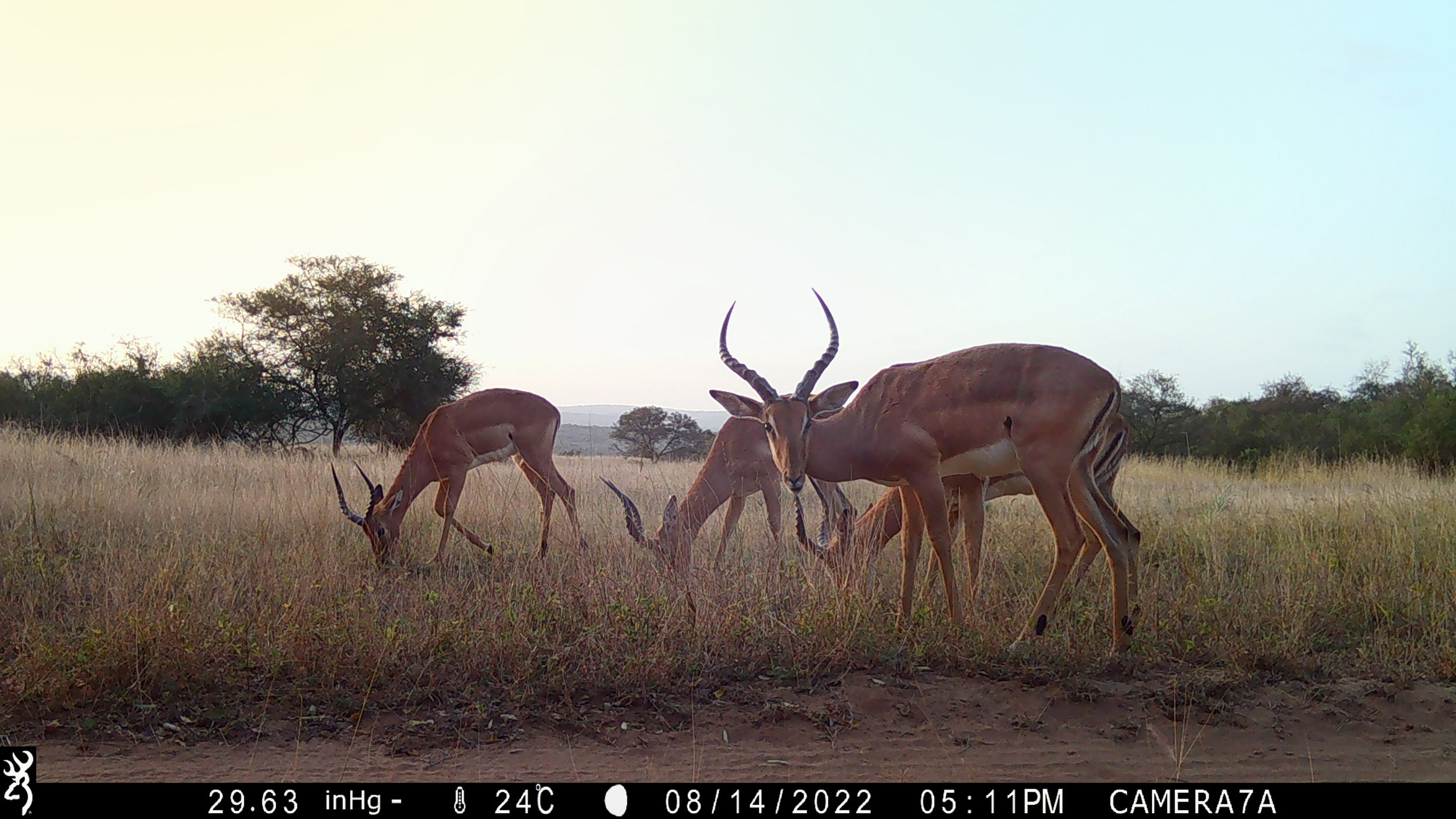

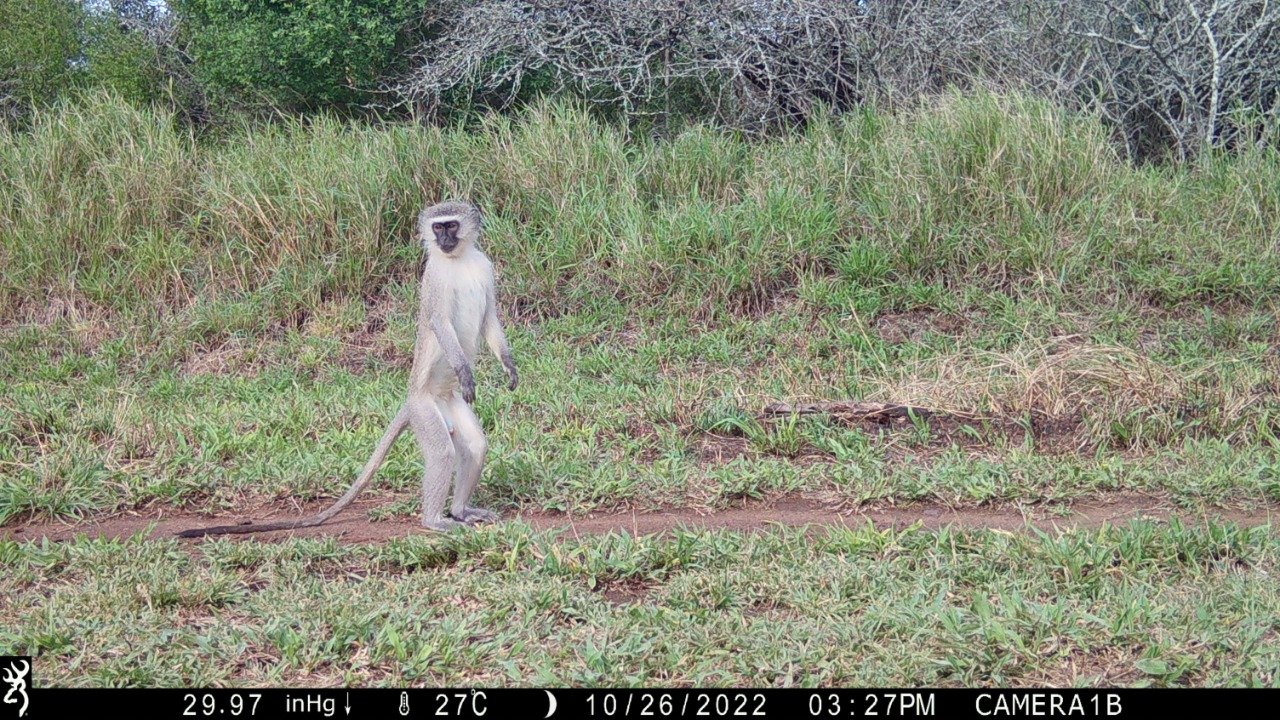


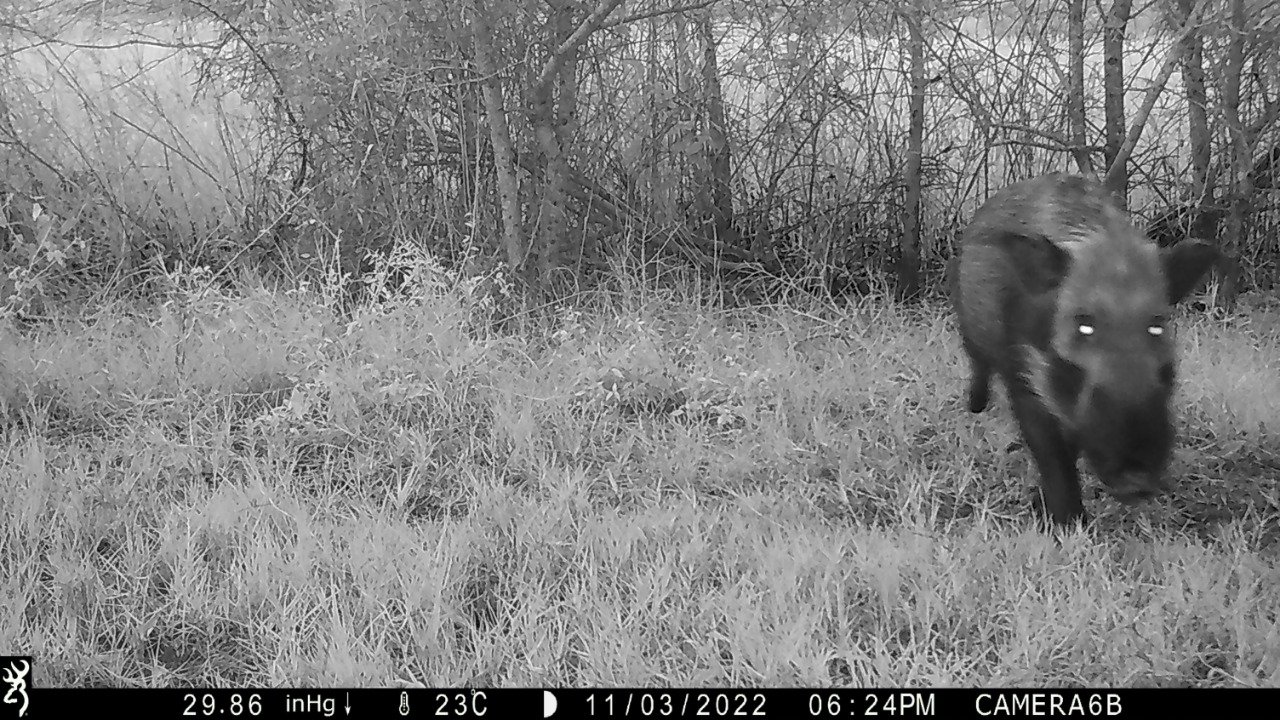
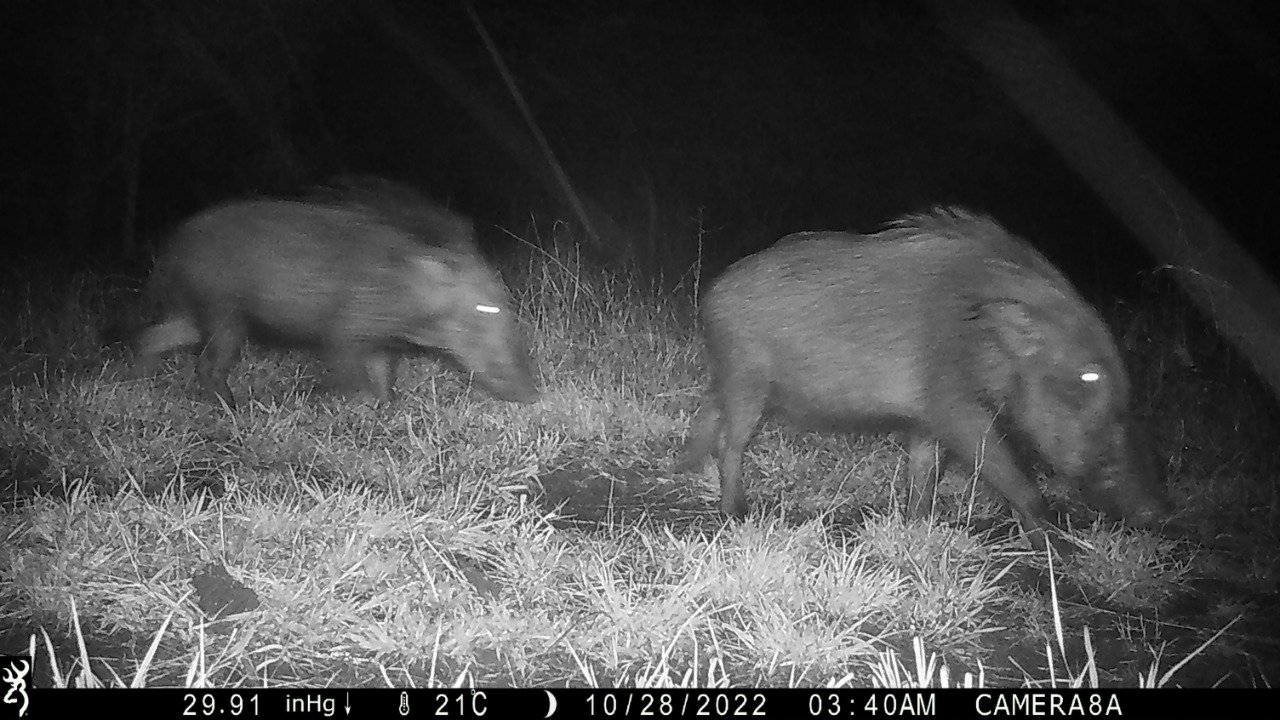
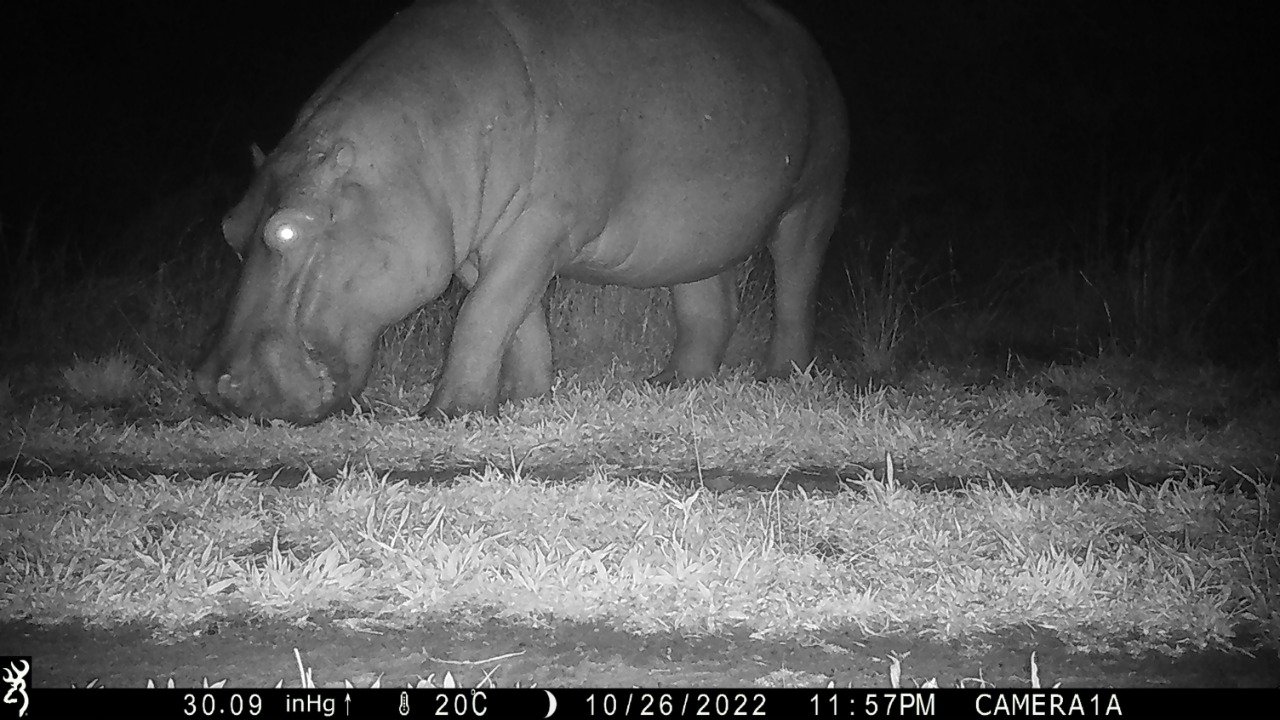
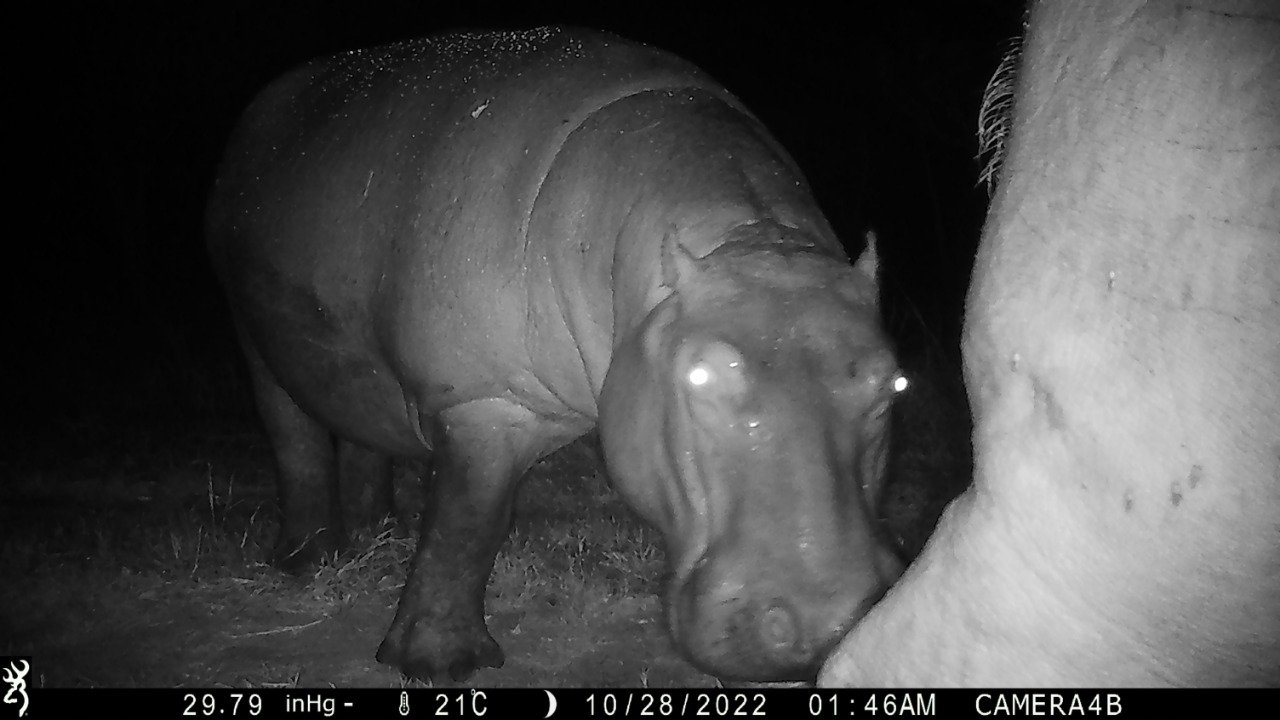
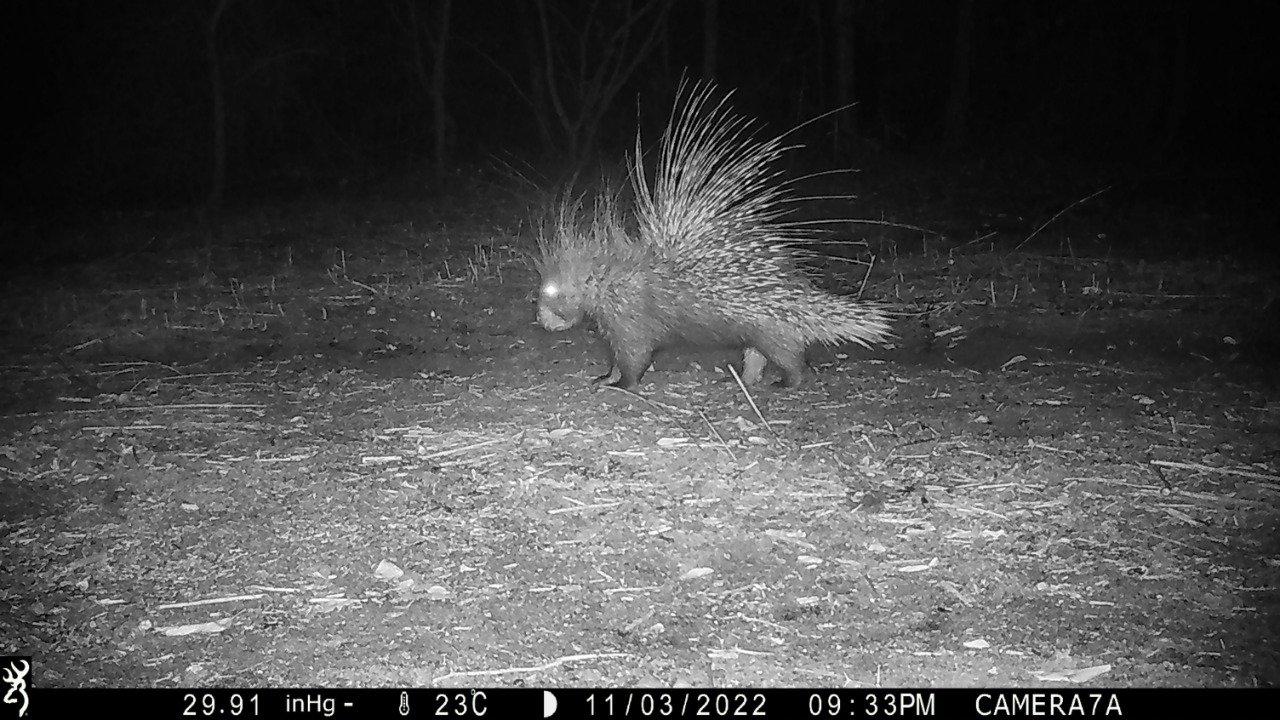
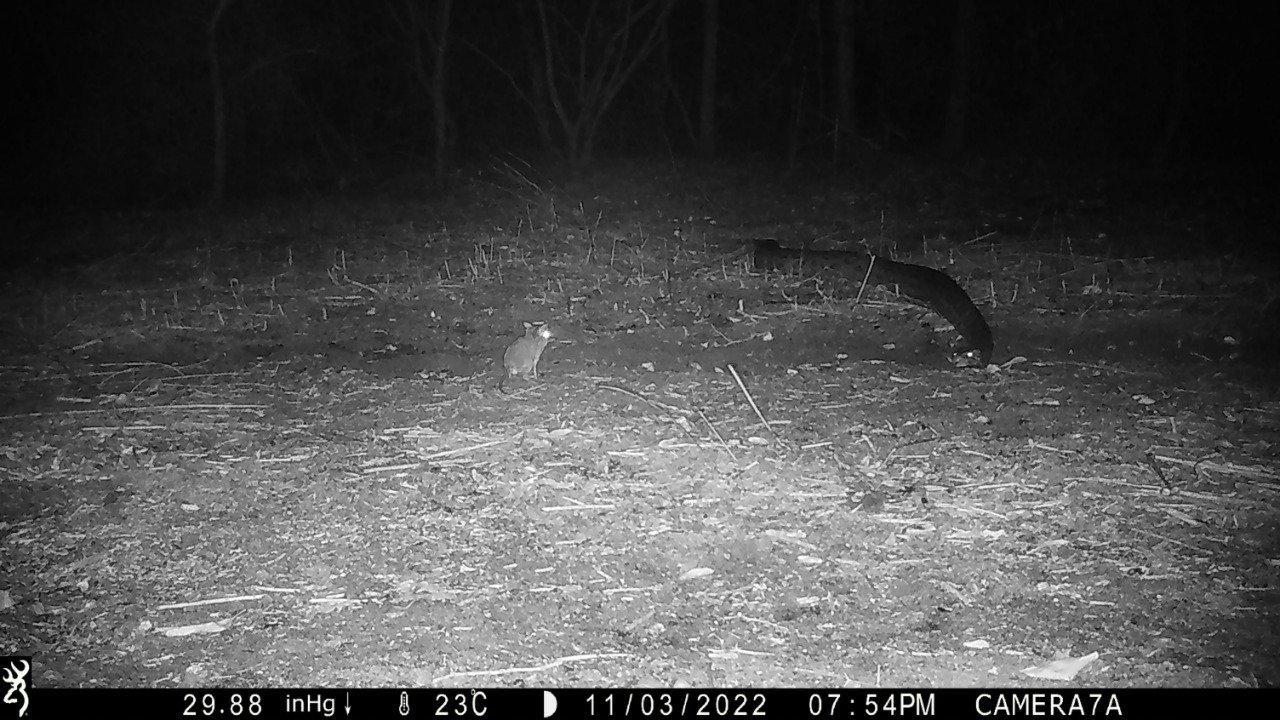
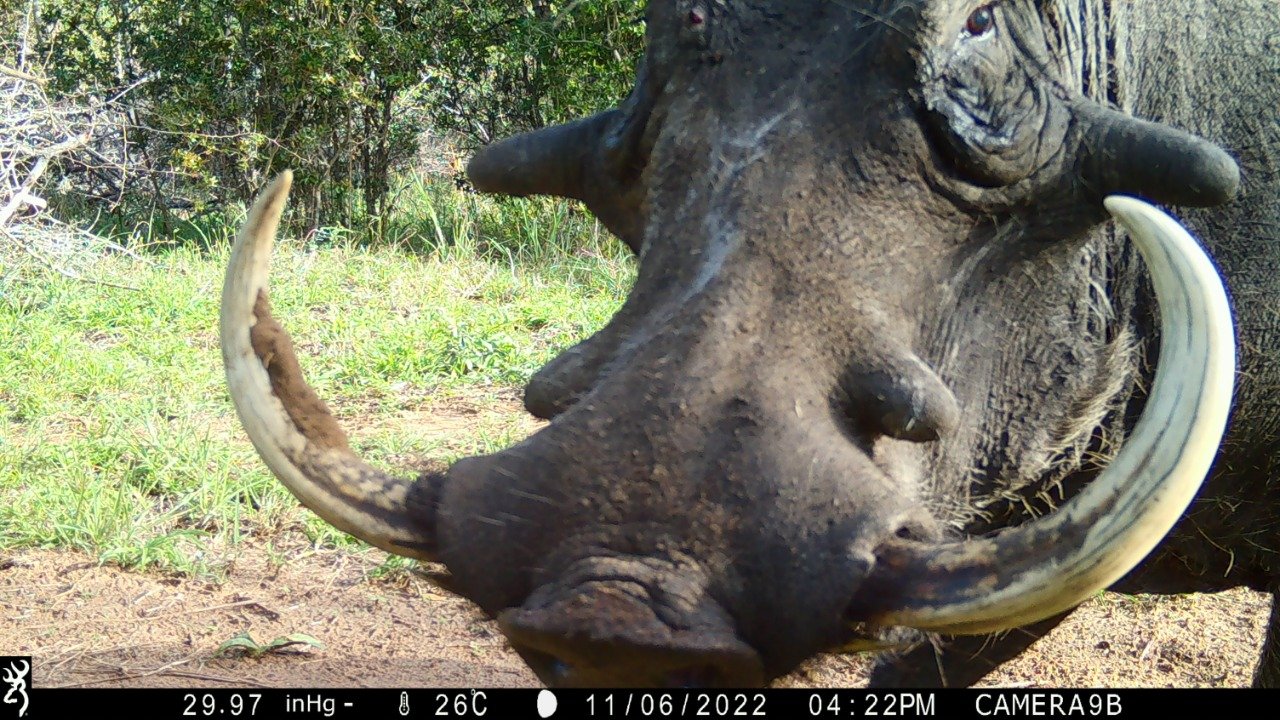
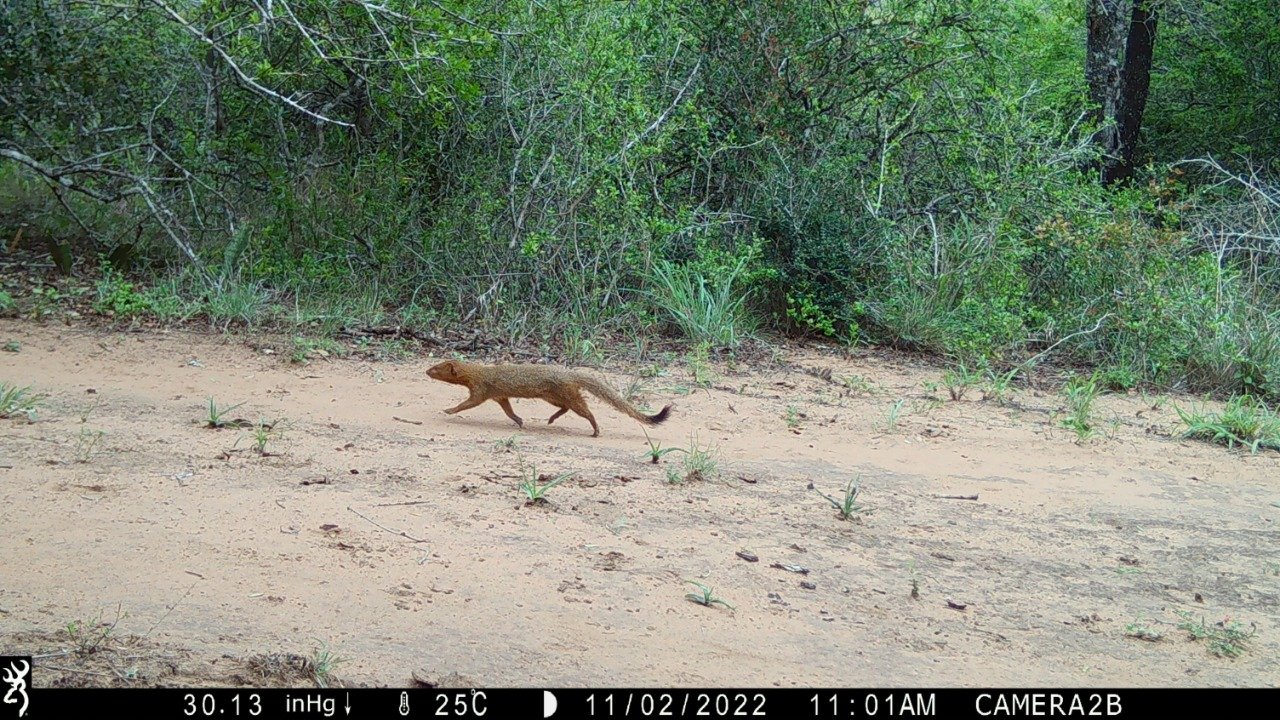
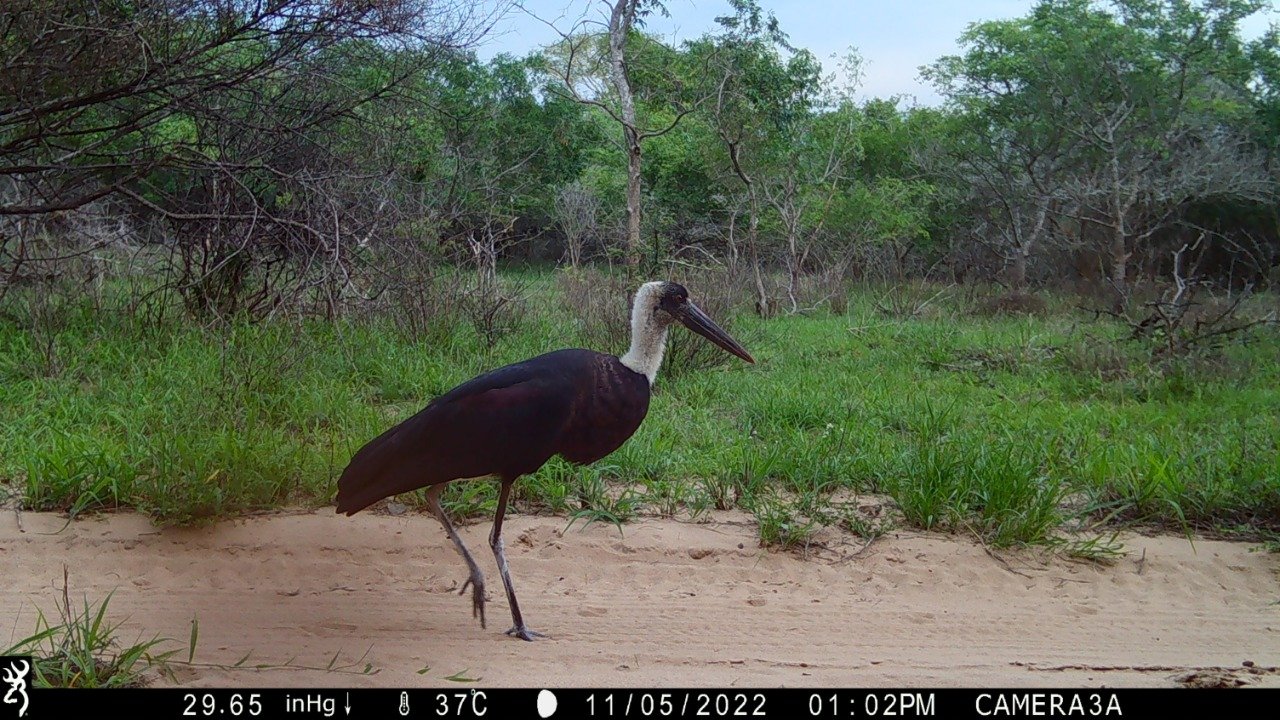
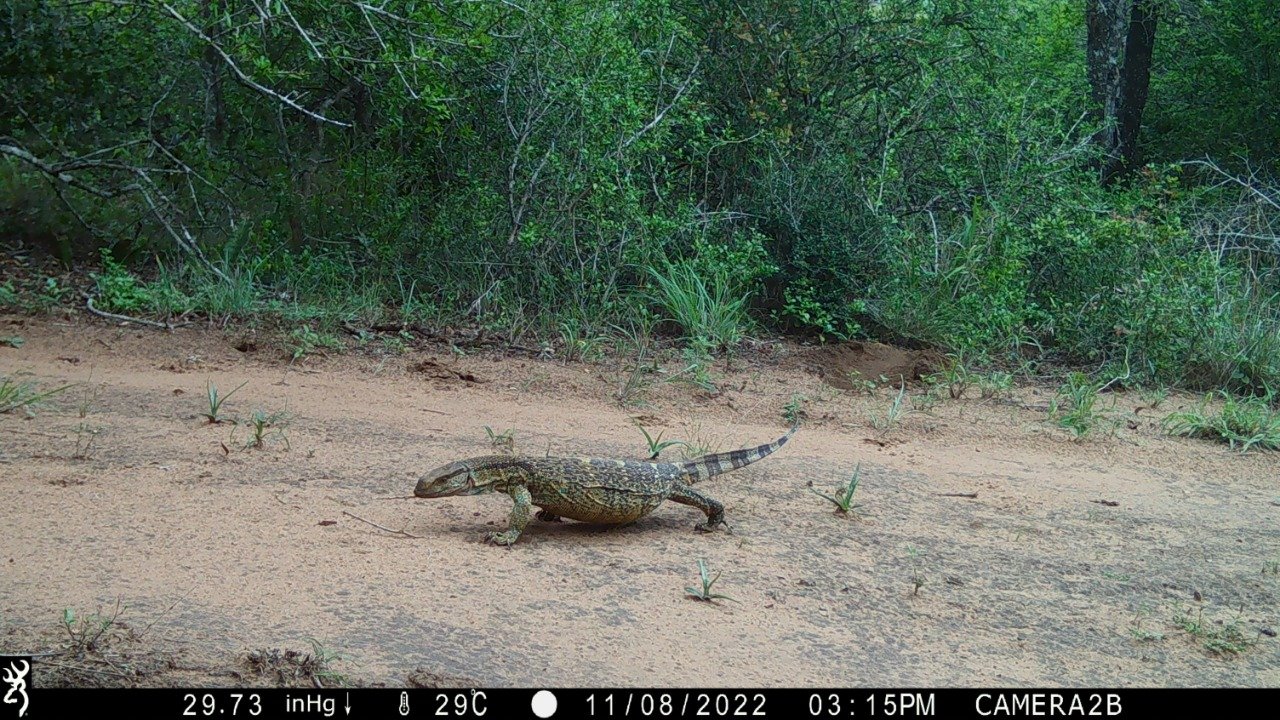
References
August 2021, Africa Geographic. Leopard Conservation in South Africa. https://africageographic.com/stories/leopard-conservation-in-south-africa/
Stein, A.B., Athreya, V., Gerngross, P., Balme, G., Henschel, P., Karanth, U., Miquelle, D., Rostro, S., Kamler, J.F. and Laguardia, A., 2016. Panthera pardus. The IUCN Red List of Threatened Species 2016: e. T15954A50659089. Gland, Switzerland: IUCN. https://www.researchgate.net/publication/308899520_Panthera_pardus_The_IUCN_Red_List_of_Threatened_Species_2016_e_T15954A50659089
Jacobson, A.P., Gerngross, P., Lemeris Jr, J.R., Schoonover, R.F., Anco, C., Breitenmoser-Würsten, C., Durant, S.M., Farhadinia, M.S., Henschel, P., Kamler, J.F. and Laguardia, A., 2016. Leopard (Panthera pardus) status, distribution, and the research efforts across its range. PeerJ, 4, p.e1974. https://peerj.com/articles/1974
